- Kids come back from breaks more revved up and aren’t necessarily more ready to function in the classroom.
- The rooms are filled with interesting objects, the kids just want to play and will not focus on their ‘task’.
- Paraprofessionals often don’t know what to do, so they let kids have a free choice “break” time while they themselves have a break on their phones.
- A data collection binder is put in the sensory room and not used.
- One task is chosen as a break task for a child because it worked once, but in one or two weeks it is no longer working.
- Breaks are taking too long.
- The child becomes dependent on leaving the room and is not able to use break room strategies in their classroom.
From my experiences as an OT I find I have many strong opinions about what dis-regulated kids need.
☞ Most children who really need to leave the classroom for a preventative/maintenance self-regulation break, need an aerobic component.
☞ Asking a child who is sensory seeking to self-regulate by use of a “chill out” break only has a temporary effect and it will not help them get their need to move met.
☞ If a child leaves the classroom they should be learning a skill that they can use later back in the classroom.
☞ Breaks that last more than 15 minutes long are not breaks, they are alternative programming.
☞ If a child is being given a TV show or a computer game for a break, that appears to me to be more of an incentive than a self-regulation activity.
☞ If the child needs a distraction break [like an iPad game] don’t they also need to learn skills to deal with frustrations so that we don’t have to keep on distracting them from their distress?
☞ Breaks need to have choice (for the child), there needs to be variety, but the child also needs structure.
☞ Most children with regulation issues depend on structure to stay regulated. They need to know what to expect, they depend on a regular schedule, and they need to known the limits which are enforced consistently.
It turns out that I love creating systems and curricula that works for kids who struggle. I have been working on solving the above problems for several months now and have developed a system to give structured choices to kids while they learn specific self-regulation strategies. The beauty of this system is that it can be used in whatever space you have available and with whatever tools you have now.
I have set up 3 distinct self-regulation areas: MOVE~WORK~BREATH
~ MOVE ~
| ~ WORK ~
✪ To provide static muscle use. ✪ Body awareness and control. ✪ Attention to detail. ✪ Bring down the child’s energy level after movement.
|
Plus a forth area
✪ Take data on the response to the intervention.If your school is already using Zones of Regulation©, MOVE~WORK~BREATH will support and supplement Zones.
By systematically teaching self-regulation strategies and providing in the moment feedback to children, MOVE~WORK~BREATHE supports children in building an ability to use self-regulation tools when they need them the most.
The child is given choice and structure by using the Plan:
Every time the child uses the self -regulation plan the supporting adult fills out a quick data sheet, so that later the case manager or OT knows what the child choose and the results of the activities. If the child has learned how to do a task but is not able to comply with safety -stopping- or clean-up directions, then that task is removed from the choices until the case manager decides to add it back in again.
*************** Testimonials **************
Principal: ‘I like that the areas and posters give any staff person who brings a child in here ideas of what to do with them.’
Physical Therapist: ‘The signs make the areas more interesting to kids. The kids can come in here in red or yellow and recognize that they are in green when leaving.’
Special Eduction Teacher: ‘I love this system! I have been wanting something like this for my entire career.’
Occupational Therapist: ‘I really like the concreteness of the plan format as I am finding that is necessary when you have multiple paraprofessionals completing regulation breaks.’
Special Eduction Teacher: ‘I love being able to actually teach skills to students that they can use in classrooms.’
Paraprofessional: ‘I like bringing a child in this room and knowing what to do with them.’
Principal: ‘Given this programming, we can now use this for Tier II interventions for children that have repeated behavioral referrals.’
Special Eduction Teacher: ‘This is the best product I have found so far to help me teach my students with autism how to better regulate themselves. The visuals are awesome and I appreciate the thorough explanation on how to implement this product. I’ll definitely be following you and looking for future products!’
♡ Special thanks to Emily Christensen
my colleague from Platteville Wisconsin.
She is an amazing occupational therapist and
I forever appreciate her patient editing
and professional insights!
|
[inlinkz_linkup id=605731 mode=1]
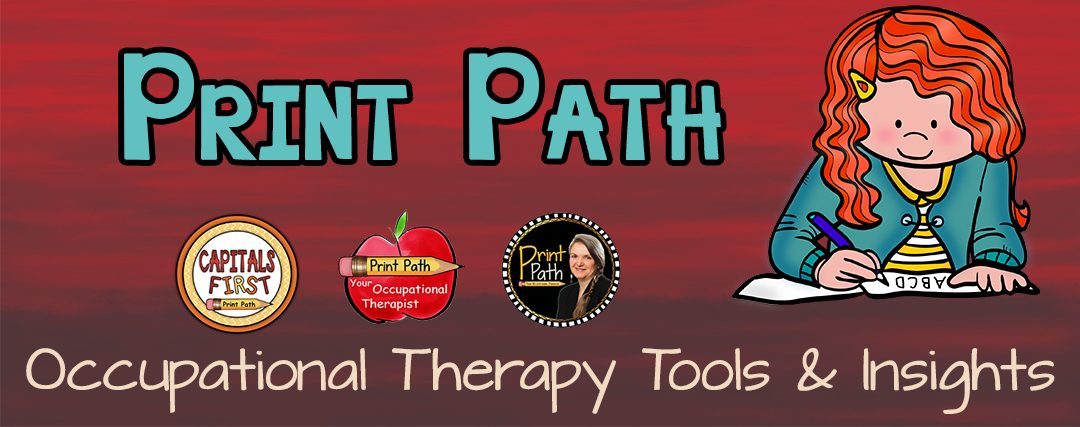
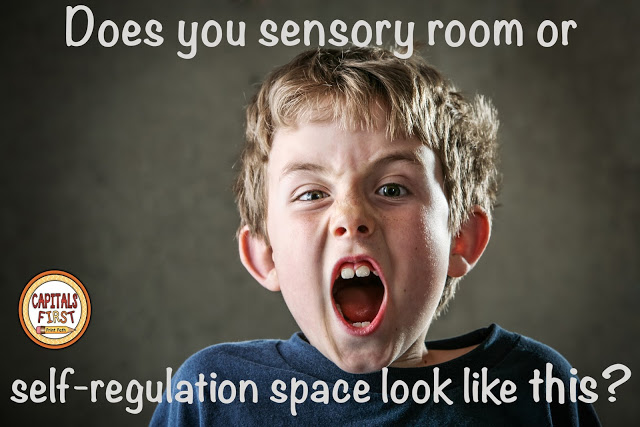
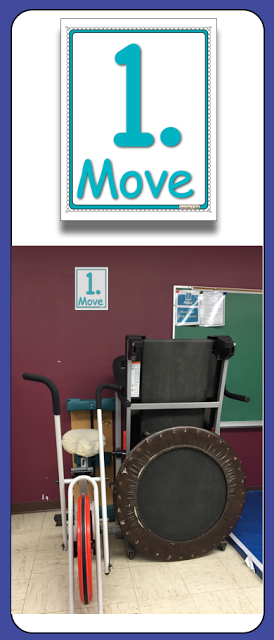
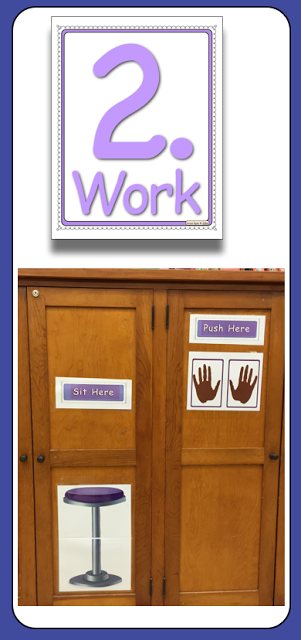
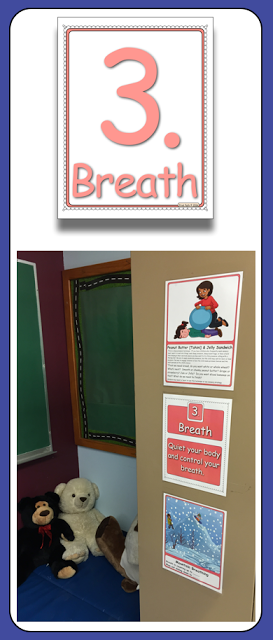

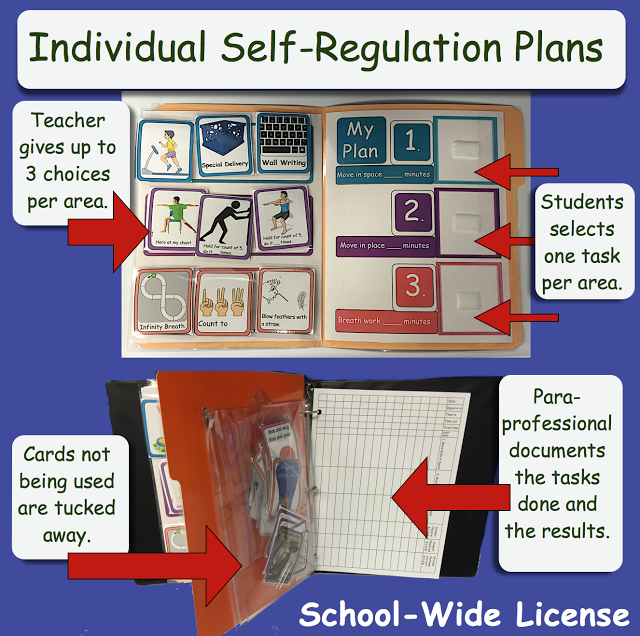

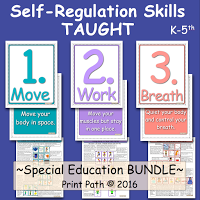

Hi Sarah, The "Tap In, Tap Out" poster is part of the MOVE WORK BREATH curriculum. https://www.teacherspayteachers.com/Product/Self-Regulation-Skills-TAUGHT-2373312
I use zones in my classroom but I am looking to enhance it. Where did you get the "tap in tap out" poster displaying their emotions by your door?
How fabulous to have a room like this in every school! And I love the self-regulation plans!
These are fantastic ideas for special ed and all kids. Breathing is so important for calming down. Thanks so much for sharing.